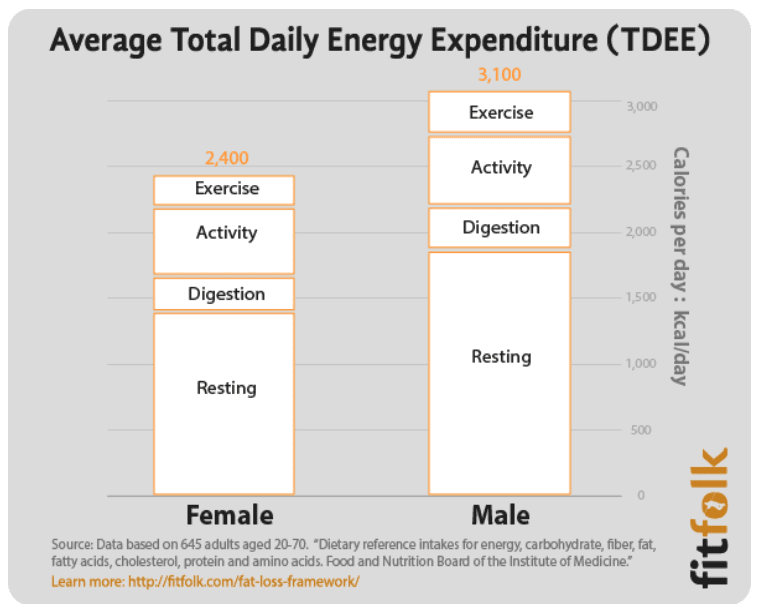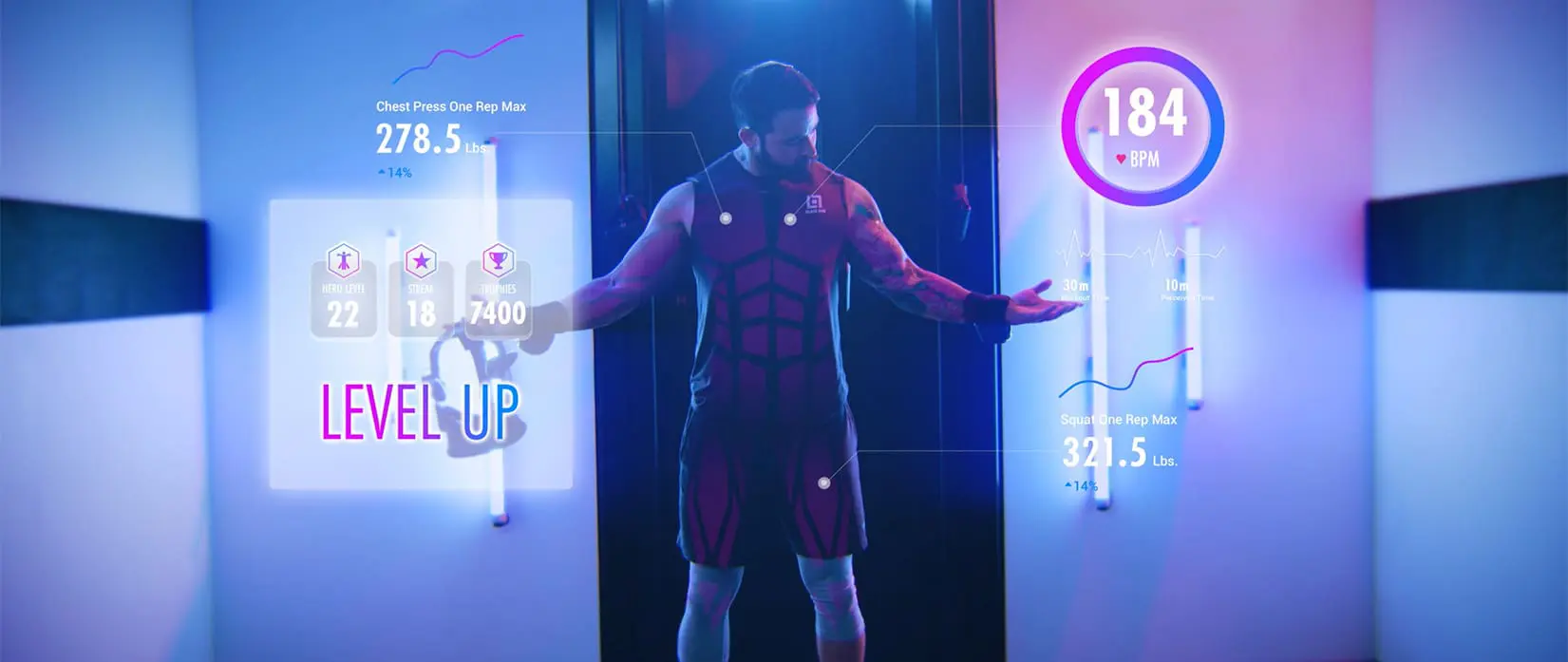You have probably heard the phrase “abs are made in the kitchen,” but in reality, what you eat daily goes way beyond having abs or not. If you are consistent with your Black Box Fitness workouts, it’s essential to eat in line with your goals for optimal results. So how can you eat in line with your goals?
The two primary goals we see at Black Box Fitness are to lose fat and to build muscle. This article will explain the difference between eating to lose fat (cutting) vs. building muscle (bulking). Let’s get started.
The Fundamentals of Energy Balance
The amount of food (also referred to as energy or calories) is based on your total daily energy expenditure (TDEE), i.e., how many calories you need to eat in a day to maintain your current energy output.

If you eat more than your TDEE energy requirements, you’ll gain weight. If you eat less, you’ll lose weight. If your energy intake matches your energetic output, your weight will remain the same.
What is the Difference Between Bulking and Cutting?
These two terms are commonly used in the health and fitness industry, but what do they actually mean?
Bulking involves consciously eating more than your TDEE requirements as an attempt to build muscle.
Cutting involves consciously eating less than your TDEE requirements to lose fat.
Often, people will go through a cycle of these two phases as a way to optimize the process towards their goals. For example, a bulking phase to build muscle, and then a cutting phase to lose the excess fat gained in the bulking phase and reveal the new muscle built.

How Does Bulking Work for Muscle Gain?
When you are bulking, you are in a caloric surplus. The result is higher energy levels, which transfers effectively into your workouts – you will be physically stronger and have better endurance during tough Black Box Fitness workouts. As a result of working harder during your workouts and having a surplus of circulating and stored energy, your body is in an optimized environment for muscle building.
However, people often forget that you will also gain some body fat; particularly if you are eating substantially more than you need (also referred to as a dirty bulk). Dirty bulks are better suited to natural ectomorphs – people who are naturally skinny and small, with a faster metabolism – but not typically recommended for the average person looking to gain some lean muscle.
This is because if you constantly eat way more than you need, your body won’t be able to use all of the excess energy, and so it will be stored as fat. In a lean bulk (a small caloric surplus), you can expect to gain 0.5-1 pound of body weight per week – half of which is fat. If you’re a beginner, you can expect to gain muscle more quickly – approximately a pound a week.
How Does Cutting Work for Weight Loss?
When you are in a cutting phase, you consume less daily energy than you need to complete your daily functions and activities. As a result, your body is in a catabolic state – in which stored energy (fat) is broken down and released as fuel. This will cause weight loss.
There are side effects of being in a cutting phase. When your body doesn’t have enough energy, it may start to downregulate other activities as a way to conserve energy. For example, 15 percent of your TDEE is non-exercise activity thermogenesis (NEAT). Examples of NEAT activity include fidgeting, hand movements while talking, brushing your teeth, walking around your house, or laughing. Essentially any activity that requires energy that isn’t exercising.
If you are in an intense cut – roughly defined as cutting 500 calories or more from your diet – your body will downregulate NEAT, and you will perform worse in exercise to save energy. If your cut continues for too long, your metabolism also slows as a way to conserve more energy. This is not ideal.
The most effective way to lose weight is to create a small caloric deficit (up to 300 calories) and be consistent. This will encourage the mobilization of fat stores without sapping your energy. As a result, you will continue to perform effectively during your Black Box Fitness workouts, and your physique will look lean and toned.
As well as this, it’s important to carefully monitor your cut. The lighter your body weight, the less energy you need. So if you start off on a cut at 200 lbs, your cutting calorie targets might be at 2,500 calories per day. But now, months later, you’re at 180 lbs – if you continue to eat 2,500 calories per day, you may end up gaining weight. Remember: the less you weigh, the less you need to eat.
How do you know whether to bulk or cut?
If you want to lose fat: cut.
If you want to build muscle: bulk.
We understand that it’s not always that simple. Maybe your fitness goals aren’t as rigid as ‘I want to build muscle’ or ‘I want to lose fat’. Many people want to build muscle and lose fat at the same time. Or maybe you want to increase your fitness levels or improve your strength. If that’s the case, the best recommendation would be to eat at the maintenance level (TDEE energy balance – your intake matches your energy output).
When you eat at maintenance calories, you have enough energy to build and retain muscle while performing effectively during workouts. This is a great option if you are a natural mesomorph – someone who loses body fat and builds muscle easily. However, if you’re an endomorph – someone who gains fat easily – you may end up gaining body fat at maintenance.
Key takeaways
The focus should be on clarifying your goals and understanding your body. Black Box Fitness workouts respond to your body’s strength and capabilities, so as long as you’re consistently working out, all you need to focus on is your nutrition.
Good luck, and we’ll see you in the arena!



